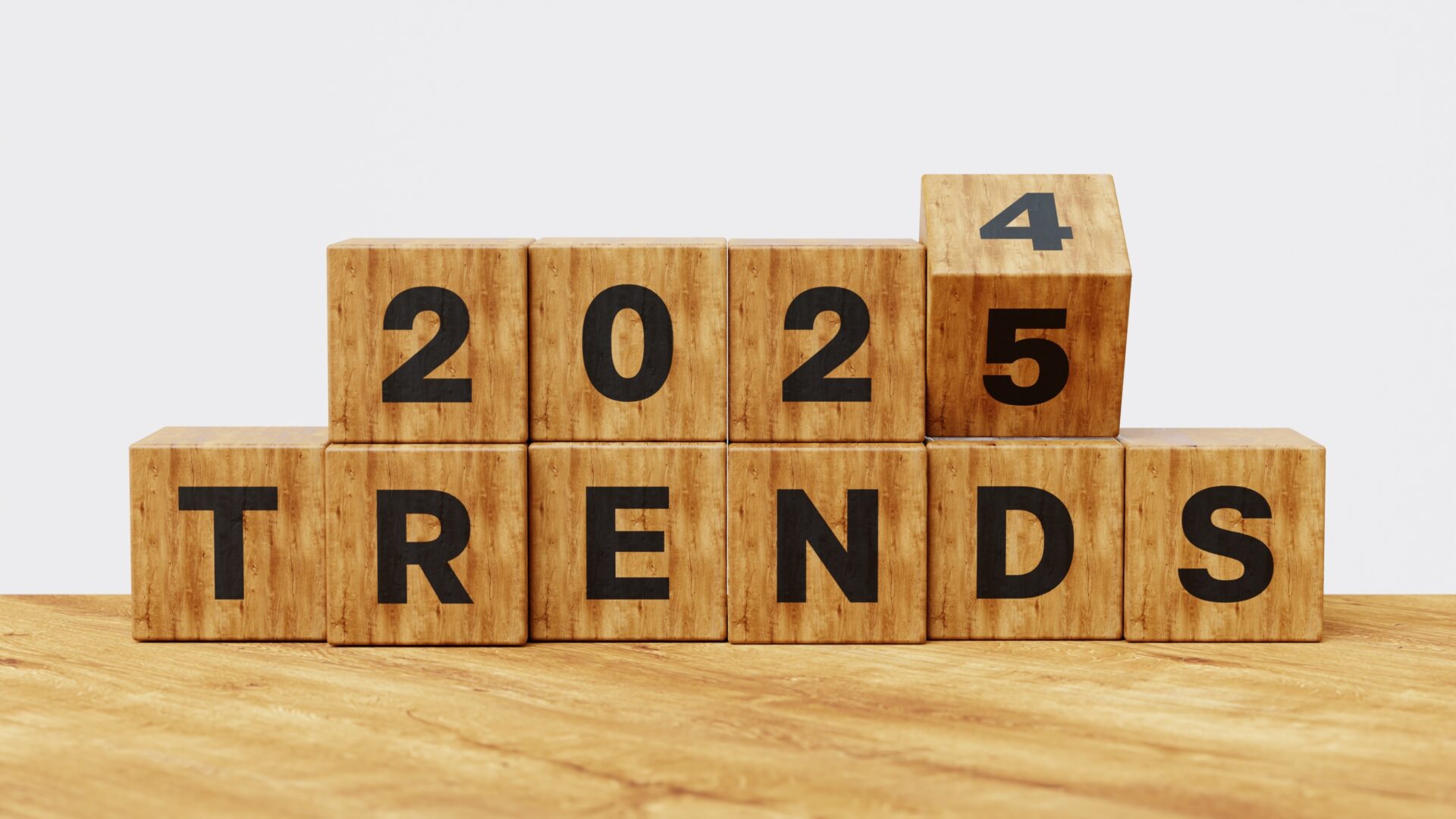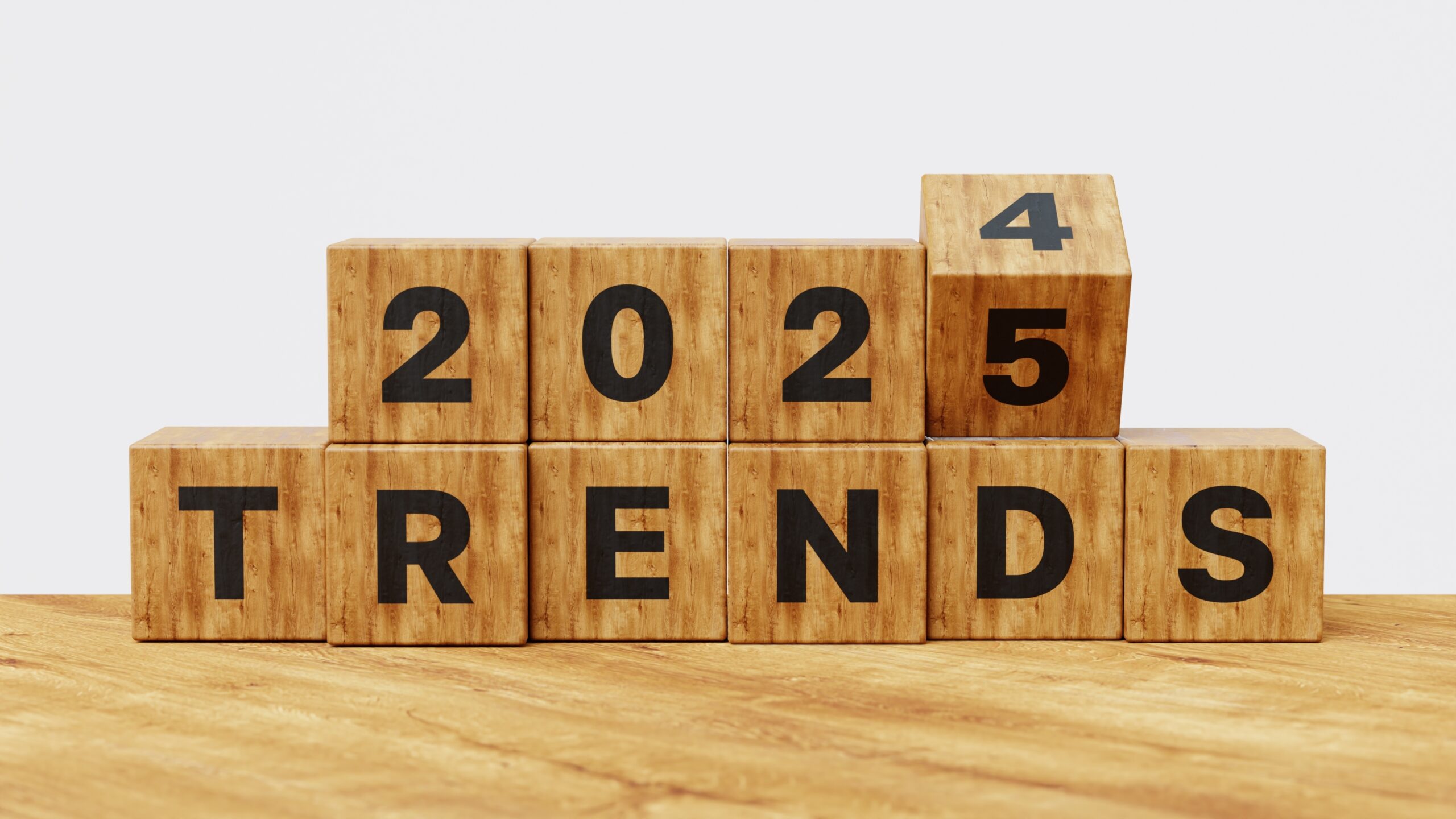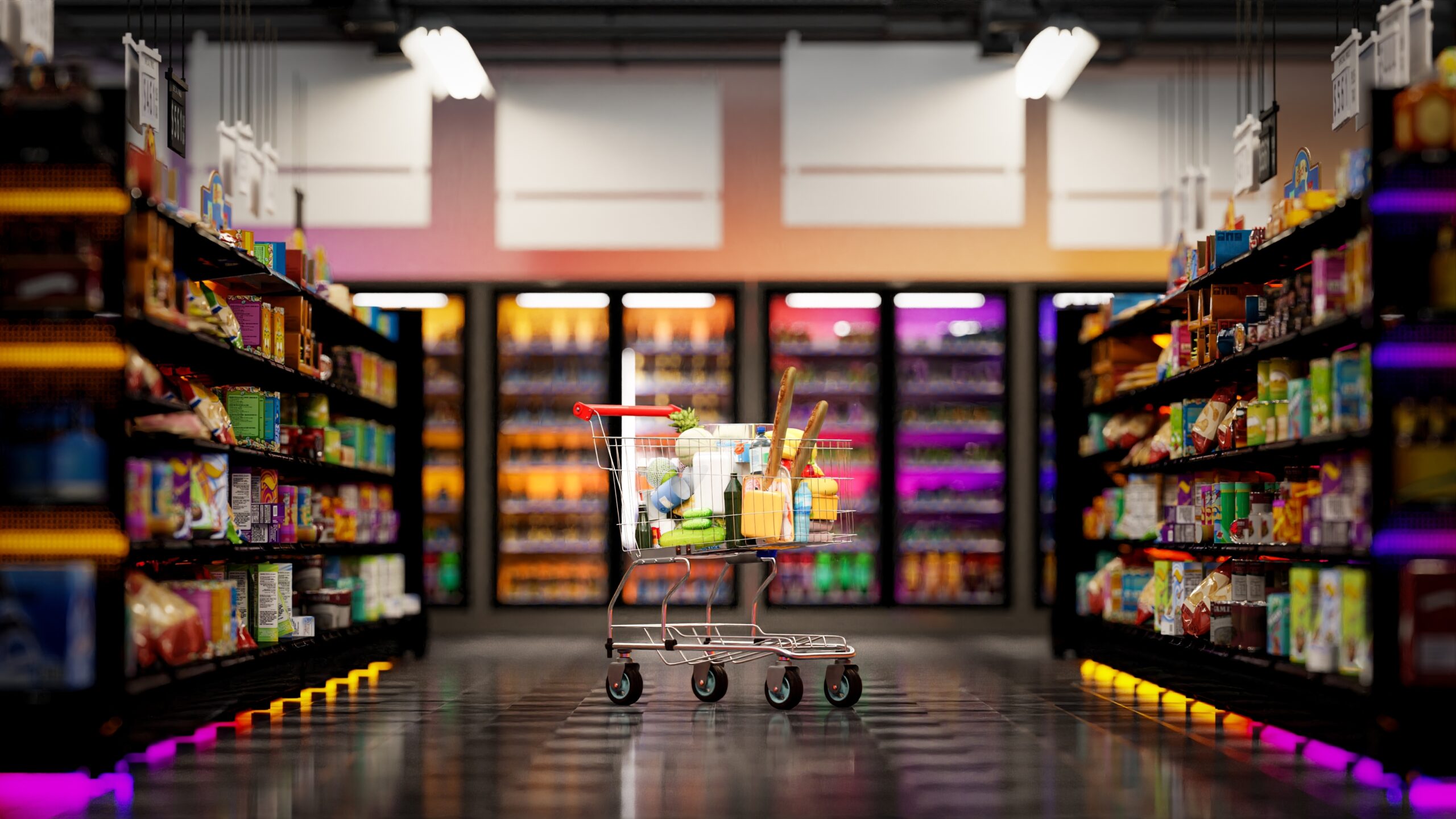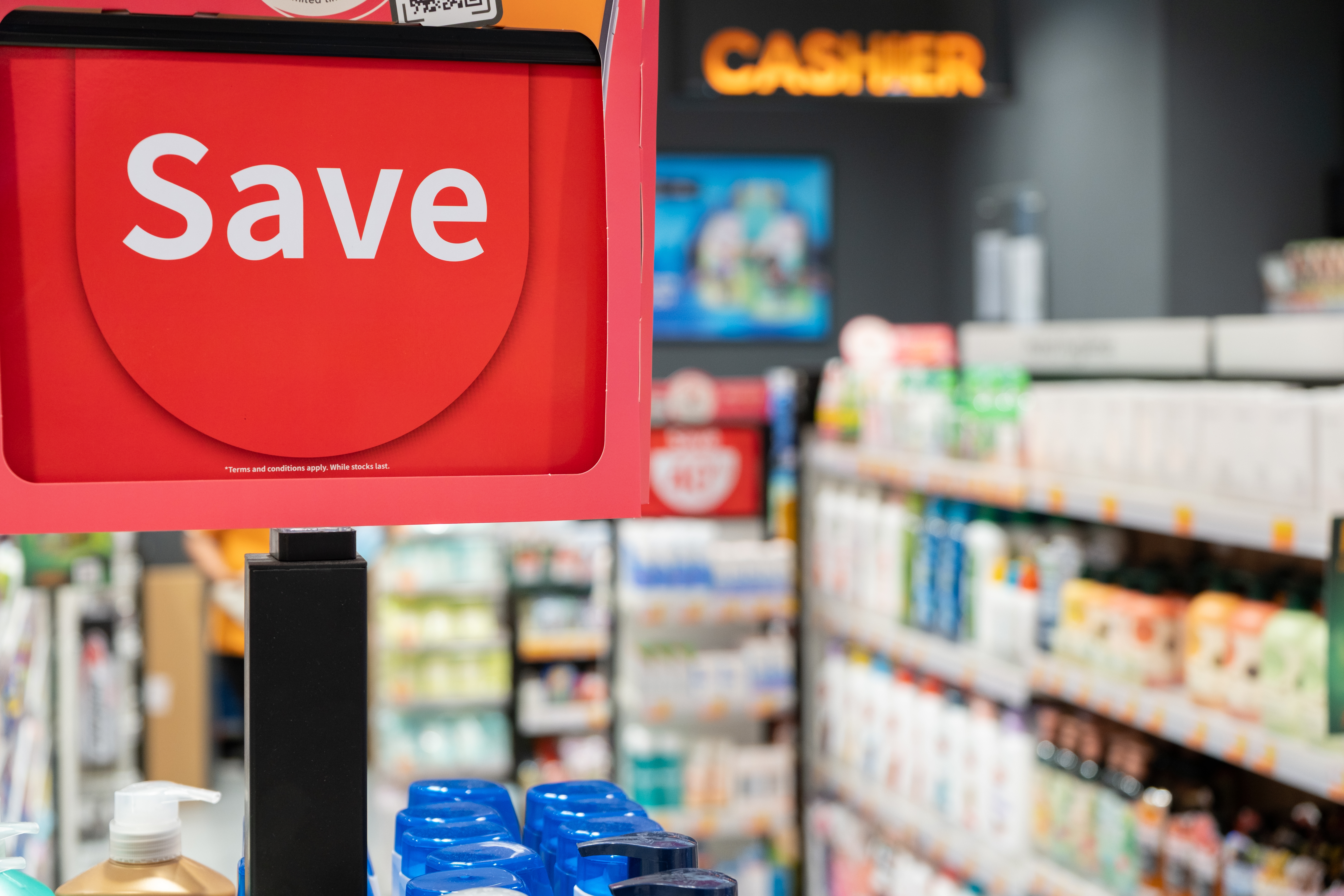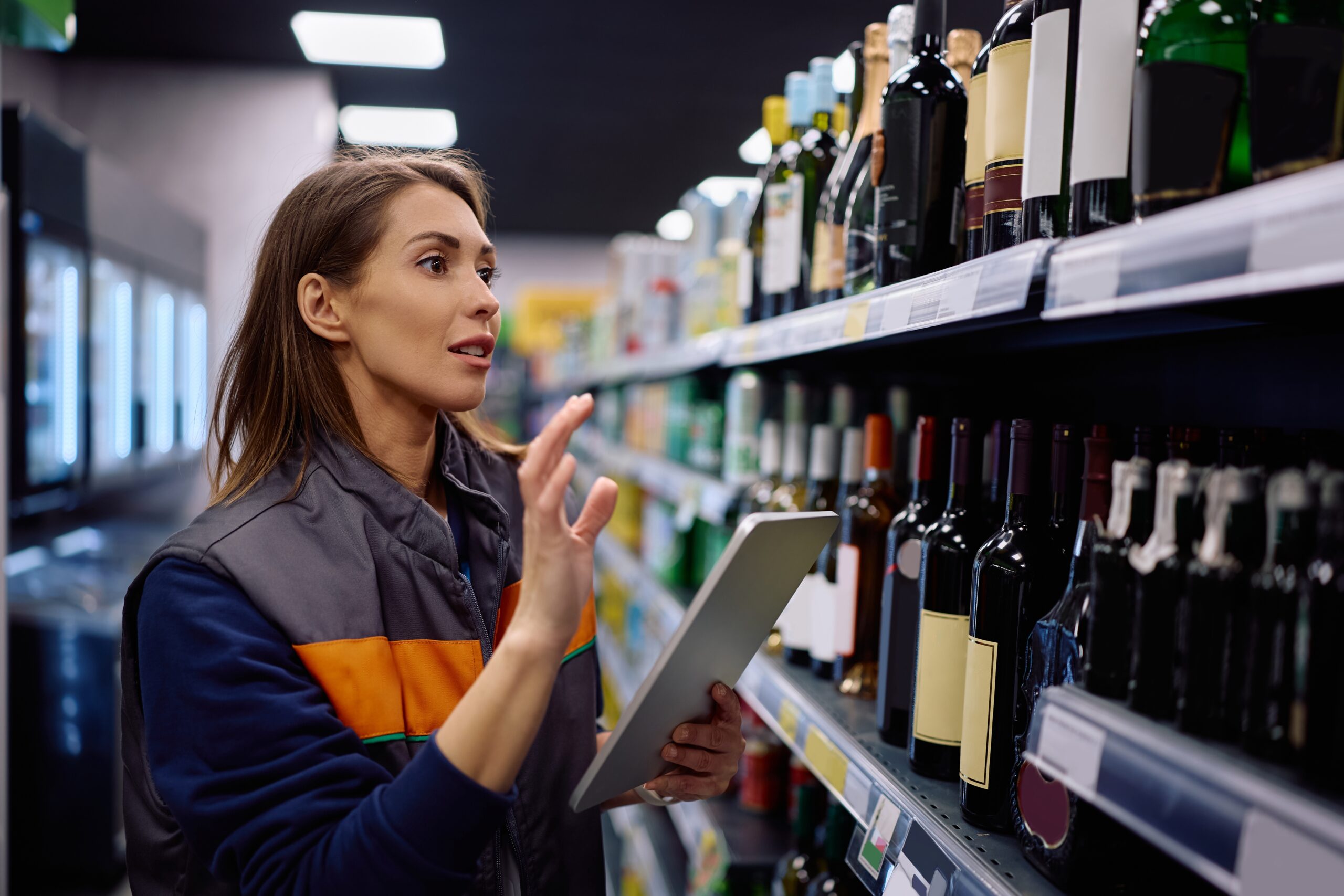The grocery store as we know it is transforming. Today’s customers demand more than just shelves of products—they’re looking for experiences, stories, and innovations that rival the convenience of ecommerce and the vibrancy of social media.
This shift means that many old-school visual merchandising trends are on their way out, replaced by dynamic solutions that better align with modern purchasing decisions. Grocery retail spaces must adapt or risk losing foot traffic to competitors who offer an elevated in-store experience.
In this blog post, we’ll explore the visual merchandising strategies and retail trends that are likely to die out 2025. We’ll walk you through each one, uncovering why these once-standard practices are fading and what the future holds for physical stores. Along the way, we’ll share how embracing change—through tools such as QR codes, interactive displays, and augmented reality—can redefine the customer experience in grocery shopping.
Let’s dive in as we say goodbye to the old and hello to the new.
Outdated Trend #1: Basic Produce Stacks
Once upon a time, the sight of neatly stacked produce was the epitome of grocery store perfection. You’d walk through the aisles, and there they were: pyramids of apples, neatly organized heaps of bananas, rows upon rows of fruit and vegetables. Now, though, something far more engaging and imaginative is replacing this classic product display.
The new era of visual merchandising in grocery is all about creating experiences that resonate with customers. Consumers are looking for more than just fresh fruit; they’re craving stories and connections. Think about the rise of farm-to-table movements, where consumers are increasingly interested in knowing where their food comes from and how it’s grown. Grocery stores are responding by weaving these elements into their displays.
Instead of traditional stacks, we’re now seeing regional produce highlights and creative bundles that tell a story. Imagine walking into a store and encountering a display of locally grown tomatoes paired with artisanal bread, olive oil, and fresh basil. It’s no longer just about getting your tomatoes; it’s about showcasing the complete experience of a meal. By creating these immersive product placements, stores are fostering emotional connections with their customers. It’s an experience that makes the shopper feel as if they’re part of something bigger, an evolving narrative in the world of fresh food.
This trend isn’t just about the product itself; it’s about how you present it. The end goal? To turn in-store displays into interactive storytelling opportunities. Take the humble produce aisle and turn it into a retail experience that’s as engaging as an Instagram post, with each bundle not merely promoting products but offering a story about health, sustainability, and local community.
Outdated Trend #2: Overwhelming Promotional Signage
Remember when grocery stores bombarded shoppers at every corner with oversize, colorful posters screaming “SALE!”? These store displays are becoming relics of the past. In 2025, cluttered, overwhelming promotional signage will give way to sleek, digital displays that are far more effective and engaging.
Why the change? Shoppers today value clarity and relevance. Large, outdated posters plastered all over the store not only detract from the overall in-store experience but can also confuse customers rather than guide them. Digital signage is stepping in as a smarter, more adaptive solution. With the ability to rotate offers in real time, showcase detailed product information, and even suggest recipe pairings through interactive interfaces, digital signage improves the customer experience by being relevant and visually appealing.
For example, instead of a generic sign advertising a discount on pasta, a digital kiosk can display a recipe for spaghetti bolognese, complete with ingredient suggestions and QR codes that lead to more information or online ordering options. This seamless integration of technology enhances omnichannel shopping and creates a dynamic retail experience that today’s customers expect.
Outdated Trend #3: Plastic Packaging Displays
As consumers become increasingly eco-conscious, plastic packaging displays are rapidly falling out of favor. These once-ubiquitous, visually unappealing setups are now seen as wasteful and out of touch with modern values. Shoppers want more than convenience; they want their purchases to align with their personal ethics, especially regarding sustainability.
Stores are moving toward eco-friendly alternatives that are both better for the planet and more attractive: Think biodegradable containers, minimalist cardboard displays, and zero-waste bulk sections where shoppers bring their own reusable containers. By swapping out plastic for natural, recyclable, or reusable materials, grocery stores can align with evolving customer expectations while improving their retail space aesthetics.
Outdated Trend #4: Static Shelving
For decades, rigid shelving was the backbone of grocery store design, but in 2025, static shelving is not only impractical; it’s even detrimental. As consumer preferences shift and products diversify, adjustable shelving has emerged as a necessity for modern grocery stores.
Flexible shelving systems make it easy to adapt to seasonal promotions, new product categories, and other merchandising display changes. According to a recent retail study, stores that implement flexible shelving systems can see up to a 25% increase in sales for promotional items, as these adaptable systems allow for more effective product placement and better store layout utilization.
Static shelving fails to meet the demands of an evolving customer experience. Shoppers today want immersive experiences that include dynamic storefronts and creative store displays. Shelving that remains unchanged not only lacks appeal but also limits a store’s ability to respond quickly to market trends or highlight exciting new products.
Outdated Trend #5: Unbranded Bulk Sections
For years, bulk sections in grocery stores have been functional but uninspired: rows of unbranded bins filled with grains, nuts, or spices that often feel like an afterthought. In 2025, these unbranded bulk sections are expected to continue to evolve into vibrant, branded zones that emphasize sustainability and personalization.
Imagine a bulk section that not only offers organic oats but also showcases its local farm origins, complete with signage highlighting sustainability metrics. For an even more tailored customer experience, add an option for custom blends—such as trail mix with your choice of dried fruits and nuts—packaged in eco-friendly containers. These branded and interactive merchandising displays are already being tested in smaller co-ops but are poised to become mainstream as larger stores recognize their potential.
Incorporating technology such as QR codes to explain product sourcing or touchscreen kiosks for custom orders transforms the bulk section into a dynamic, inviting retail space. As well as elevating store displays, such upgrades position the retailer as a leader in sustainable and innovative visual merchandising strategies.
Outdated Trend #6: Ignoring Technology
As the pandemic accelerated the shift toward digital shopping experiences, the integration of technology into physical stores has become non-negotiable. Merchandisers and grocers that fail to adopt digital shelf tags, mobile app integration, augmented reality (AR), and other technological tools will find themselves struggling to compete in 2025.
For example, digital displays can update pricing in real time, eliminating the inefficiencies of traditional labels. Mobile apps can provide personalized deals, guide shoppers to specific aisles, and enable seamless checkout. In stores with AR-guided shopping, customers can point their phones at products to receive recipe suggestions, nutritional information, or special offers.
These technologies create an omnichannel shopping experience, seamlessly connecting online and offline interactions. In contrast, stores that ignore these tools risk losing foot traffic to tech-savvy competitors that offer a smoother, more engaging in-store experience.
Outdated Trend #7: Standard Checkout Displays
For decades, checkout lines have been dominated by candy bars, sodas, and other impulse buys. But as customers increasingly prioritize health and convenience, these standard checkout displays are becoming obsolete. In their place, we’re seeing healthier grab-and-go options like protein bars, fresh fruit, and pre-packaged salads.
Digital displays at checkout are also gaining traction, offering last-minute deals or discounts through QR codes that link directly to mobile apps. These interactive displays not only reduce reliance on physical products but also create opportunities for ecommerce integration, where customers can order out-of-stock items for delivery.
Outdated Trend #8: Generic Seasonal Displays
Seasonal displays have long been a staple of grocery visual merchandising, with familiar themes like pumpkins in October or red and green garlands for Christmas. But in 2025, these predictable setups will give way to localized and culturally relevant displays that better resonate with diverse audiences.
For example, a grocery store in New York might celebrate the Lunar New Year with bold red and gold decor and specialty food items, while a store in Texas highlights Día de los Muertos with vibrant marigolds and treats shaped like skulls. These localized displays foster a deeper emotional connection with customers, who see their culture and traditions reflected in the storefront.
Incorporating interactive displays and technology—touchscreen kiosks showcasing holiday recipes, for instance—further enhances these experiences. By moving beyond cookie-cutter decor, stores can create more engaging physical retail spaces that increase foot traffic and loyalty.
Visual Merchandising Trends: The Importance of Adapting
In the ever-changing landscape of grocery retail, one truth remains constant: The customer experience drives success. As new visual merchandising trends emerge and old ones fade, the importance of staying ahead of the curve cannot be overstated. Physical stores are no longer just places to shop; they’re becoming spaces for immersive experiences that reflect the values, preferences, and expectations of modern consumers.
Failing to adapt to evolving trends can have serious consequences. Stores that cling to outdated merchandising displays, static store layouts, or uninspired storefronts risk losing foot traffic to competitors that deliver a more engaging, technology-driven retail experience. In a world where ecommerce has set the bar for convenience and personalization, grocery stores must rise to meet the challenge by offering what offline shopping excels at: emotional connection, discovery, and a hands-on in-store experience.
Why Adapting Is Non-Negotiable
- Meeting Customer Expectations
Today’s customers are savvy. They’ve grown accustomed to curated product displays, personalized recommendations, and seamless digital integrations in retail stores and beyond. From QR codes to augmented reality-guided aisles, these features are no longer just “nice to have”—they’re expected. Staying relevant means delivering these tools as part of your visual merchandising strategy. - Staying Competitive
As innovations emerge, early adopters set the standard. Competitors that prioritize modern store design with interactive displays, flexible shelving, and tech-enhanced signage will naturally draw more customers. Falling behind means losing your market share to stores that offer a superior customer experience. - Building Loyalty Through Engagement
Customers are more likely to return to stores that make shopping enjoyable, engaging, and reflective of their values. Incorporating sustainability, offering localized seasonal displays, and enhancing product placement with digital displays show that your store is aligned with the needs and values of your shoppers. This fosters trust and builds lasting loyalty. - Blending Online and Offline Experiences
The pandemic accelerated the demand for omnichannel experiences, where online and offline shopping converge. Grocery stores that embrace tools such as mobile app integration, touchscreen kiosks, and real-life storytelling in their displays can create a seamless journey between ecommerce and physical retail. - Driving Purchasing Decisions
Eye-catching and interactive store displays directly influence how customers spend their money. Studies show that strategically placed and well-curated displays can boost impulse purchases, promote high-margin products, and encourage repeat visits.
Grocery stores that prioritize flexibility, creativity, and technology in their merchandising displays will thrive in 2025 and beyond. From reimagining seasonal store displays to embracing interactive displays, the path forward is clear: evolve or be left behind.
Leaning Into Trends While Trusting Data
Following visual merchandising trends is a powerful way to stay relevant and competitive, but trends alone can’t guarantee success. What’s more, not every trend will work equally well for every store. The key lies in identifying which trends resonate most with your customer base and figuring out the best ways to implement them in your unique retail space.
That’s where testing comes in. Relying on intuition or guesswork to apply new visual merchandising strategies can lead to costly mistakes. Instead, data-driven insights help ensure that your investments in store design and merchandising align with your customers’ preferences, maximize impact, and improve the customer experience.
The Role of InContext in Visual Merchandising Testing
At InContext, we specialize in helping CPGs and retailers test and validate visual merchandising ideas before rolling them out to the real world. Our virtual reality (VR) tools and 3D simulation environments allow you to create, adjust, and analyze store layouts, merchandising displays, and seasonal setups—all in a controlled virtual setting. This means you can experiment with product placement, interactive displays, and new digital signage strategies without risking disruptions in your actual physical stores.
Here’s how our tools help you get it right:
- Virtual Store Simulations
Our platform allows you to build and test new storefronts, retail displays, and layouts in a virtual environment. This provides a risk-free way to see how different configurations impact foot traffic, purchasing decisions, and overall customer experience. - A/B Testing for Merchandising Displays
Want to know whether a bold, interactive store display or a sleek minimalist setup works better? With InContext, you can test multiple versions of a display and compare performance metrics, such as shopper engagement, time spent in an area, and likelihood of purchase. - Data-Driven Insights for Specific Trends
Not every trend fits every store, but InContext helps you find the ones that do. Whether you’re exploring augmented reality, sustainability-focused displays, or healthier checkout sections, our tools analyze shopper behavior and provide actionable insights tailored to your brands’ needs. - Customized for Your Target Audience
Our simulations incorporate customer data to ensure the trends you test align with your shoppers’ values. For example, if your store serves a health-conscious audience, you can test removing candy-heavy checkout displays and replacing them with healthy grab-and-go options, measuring the impact on purchasing decisions.
The stakes for getting visual merchandising strategies right have never been higher. Post-pandemic, customers expect more from their in-store experiences than ever before. But simply following the latest retail trends without validation can backfire. Testing ensures your investments are aligned with your store’s goals and your customers’ preferences, giving you confidence that your efforts will deliver results.
Get Started with InContext
With InContext, you can turn innovative ideas into actionable, proven strategies. By leveraging our tools, you’ll move beyond guesswork and ensure your store design is optimized for success. Whether you’re exploring localized holiday displays, enhancing interactivity with touchscreens, or testing QR code integrations, we’ll help you identify what works best for your brand—and for your customers.
Lean into the future of visual merchandising, but trust the data to guide the way. With InContext, you’ll stay ahead of the curve while delivering a superior customer experience that sets your brand apart.
